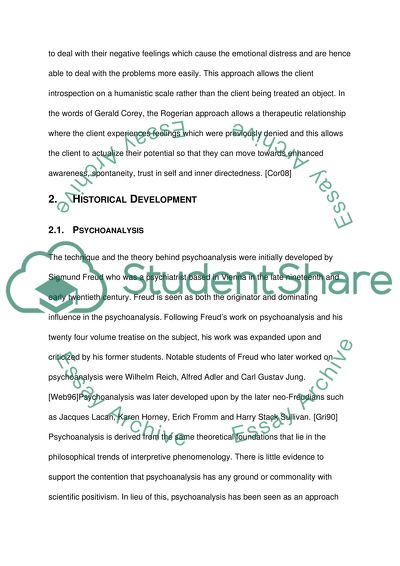Cite this document
(“Psychoanalysis theory and person-centred theory Essay”, n.d.)
Retrieved de https://studentshare.org/psychology/1391843-compare-and-contrast-psychoanalysis-theory-and
Retrieved de https://studentshare.org/psychology/1391843-compare-and-contrast-psychoanalysis-theory-and
(Psychoanalysis Theory and Person-Centred Theory Essay)
https://studentshare.org/psychology/1391843-compare-and-contrast-psychoanalysis-theory-and.
https://studentshare.org/psychology/1391843-compare-and-contrast-psychoanalysis-theory-and.
“Psychoanalysis Theory and Person-Centred Theory Essay”, n.d. https://studentshare.org/psychology/1391843-compare-and-contrast-psychoanalysis-theory-and.


